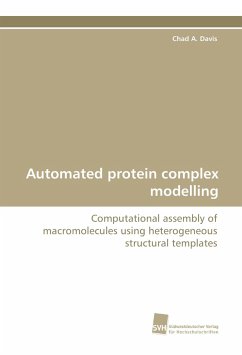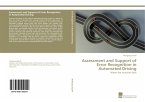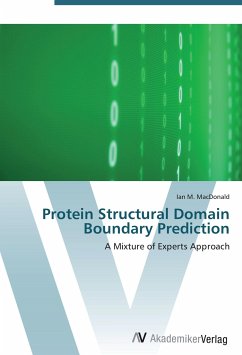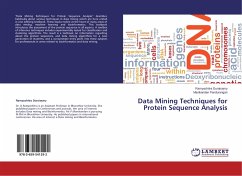Protein interaction networks provide an increasingly complex picture of the relationships between macromolecules in the cell. Complementing these interactions with structural data provides critical insights into interaction mechanisms. However, structural information is available only for a tiny fraction of protein interactions and complexes currently known. A method is developed here to predict macromolecular complex structures by systematic combination of pairwise interactions of known structure. An efficient algorithm was designed that exploits heuristics to reduce the large search space. This is complemented with an automated scoring system to filter out the exponentially large number of unrealistic complexes, leaving a ranked set of the most plausible models. On a benchmark set of complexes of known structure, many complexes can be re-created with high accuracy and certain models are much larger and more complete than what is possible with traditional modelling techniques. As the rate of structurally resolved interactions grows, the ability to model larger and more diverse complexes will grow exponentially.
Bitte wählen Sie Ihr Anliegen aus.
Rechnungen
Retourenschein anfordern
Bestellstatus
Storno








